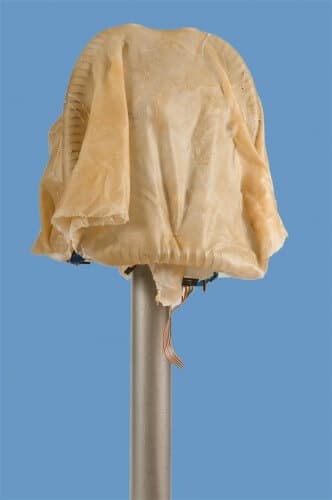Against the background of the swarms of jellyfish that visit Israel every summer and terrorize the bathers, the next development sounds only natural: a robo-jellyfish, which moves and looks just like an average jellyfish, and is able to perform a variety of tasks that require movement in the water while completely blending into the marine environment

Against the background of the swarms of jellyfish that visit Israel every summer and terrorize the bathers, the following development sounds only natural: a robo-jellyfish, which moves and looks just like an average jellyfish, and is able to perform a variety of tasks that require movement in the water while completely merging with the marine environment.Behind the artificial jellyfish are the students Igor Rotz Yevski and Tamir Steinberg, graduates of mechanical engineering and mechatronics studies at the Ariel University Center in Samaria, who researched the movements of the jellyfish in water for their final project. The robot developed as a result of the research simulates the movement of the jellyfish and allows it to move in the water. It consists of springs wrapped in a sealed and flexible latex shell, with their contraction done by water-resistant servo motors. The springs move in contractions back and forth and thus move in the water completely simulating the movement of the living creature.
"There can be quite a few applications," says Steinberg. "Think of a situation where data needs to be collected in an enemy port without risking human life. Robo-Medusa will be able to perform this task without a problem. It will be possible to connect a remote sensing device to it, such as waterproof cameras that will transmit data to the operator. In addition, it will be possible to use the robot to tow other means of tracking, and place them in order to study terrain conditions or for marine research purposes."
The new development will be presented as part of the final project exhibition at the Ariel University Center in Samaria, which will be held on July 9, 2012.

3 תגובות
sounds interesting…
They explained to you in the article that the idea is that the robot resembles a jellyfish and blends in with the environment, making it harder to detect.
How is this development more efficient than other robotic submarines that exist on the market for espionage purposes?
He also seems very slow...